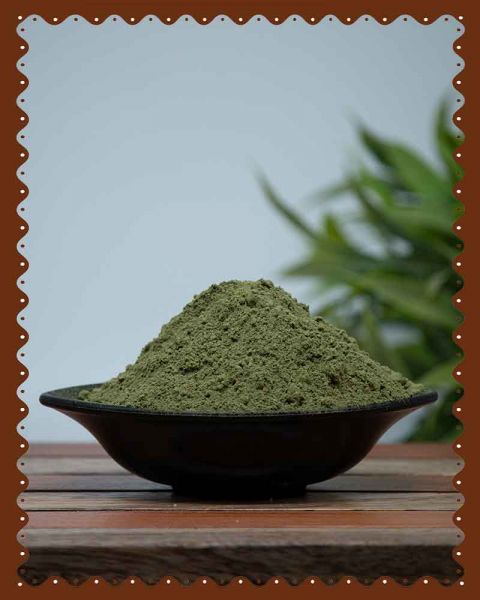Stevia, also known as Stevia Rebaudiana Bertoni, is a bushy shrub that is part of the sunflower family. The plant is native to South America. For hundreds of years, people there have been consuming the leaves as a source of sweetness.
Presently, it is used as a non-nutritive sweetener and herbal supplement. A non-nutritive sweetener is one that contains little to no calories. Stevia is used as a healthful alternative to added sugar in many meals and beverages.
Stevia plant grows 2-4 feet in height with slender, branched stems, and flourishes well all over the temperate, and some parts of tropical regions. It is being cultivated on a commercial scale and China is the leading exporter of stevia products.
Almost all the parts of the plant taste sweet; however, the sweet glycosides are typically concentrated in its dark green serrated leaves. The Guarani Indians of Paraguay have used its leaves to sweeten drinks and foods, and employed in various traditional medicines
Farm fresh stevia plant leaves can be used directly in drinks as a sweetener. However, most often its dried powder/ refined stevioside/ stevia syrup is being used in the cooking.
Remember to use dried stevia sugar in small proportions, as it is nearly 30 times sweeter than cane sugar. Roughly, one teaspoonful of dried leaves powder is equivalent to one cup of sugar; therefore, use it in small quantities adjusting the amount to achieve your desired levels of sweetness.
Please consult with your health care practitioner before the use of this product if you are pregnant or nursing, taking medications, or have a medical condition. Keep out of the reach of children.
These statements have not been evaluated by the food and drug administration and this product is a food supplement and not intended to diagnose, treat, or cure or prevent any disease.
Presently, it is used as a non-nutritive sweetener and herbal supplement. A non-nutritive sweetener is one that contains little to no calories. Stevia is used as a healthful alternative to added sugar in many meals and beverages.
- It is primarily grown in Brazil, Paraguay, Japan, and China.
- The natural sweetener tastes 200 to 300 times sweeter than table sugar.
- Because of the calories per serving being very low, Stevia can be classified as “zero-calorie”
- Proven to be a potential healthful sugar alternative for people with diabetes.
- Stevia and erythritol have been approved for use in the United States (U.S.) as they do not appear to pose any health risks when used in moderation.
Stevia plant grows 2-4 feet in height with slender, branched stems, and flourishes well all over the temperate, and some parts of tropical regions. It is being cultivated on a commercial scale and China is the leading exporter of stevia products.
Almost all the parts of the plant taste sweet; however, the sweet glycosides are typically concentrated in its dark green serrated leaves. The Guarani Indians of Paraguay have used its leaves to sweeten drinks and foods, and employed in various traditional medicines
Farm fresh stevia plant leaves can be used directly in drinks as a sweetener. However, most often its dried powder/ refined stevioside/ stevia syrup is being used in the cooking.
Remember to use dried stevia sugar in small proportions, as it is nearly 30 times sweeter than cane sugar. Roughly, one teaspoonful of dried leaves powder is equivalent to one cup of sugar; therefore, use it in small quantities adjusting the amount to achieve your desired levels of sweetness.
Serving tips:
- In Japan and many East Asian regions, stevia plant parts are being used to sweeten tea, sweets, sauce, confectionery, and soft drinks.
- Stevia extracts are further refined for use as table sugar. It can then be added to jam, yogurt, ice creams, smoothies, desserts, chewing gum, and sorbets and also to sweeten bitter medicines.
- In Brazil, it is used as a remedy to treat diabetes, high blood pressure, stress condition etc.
Safety Information
Please consult with your health care practitioner before the use of this product if you are pregnant or nursing, taking medications, or have a medical condition. Keep out of the reach of children.
Legal Disclaimer
These statements have not been evaluated by the food and drug administration and this product is a food supplement and not intended to diagnose, treat, or cure or prevent any disease.
Write Your Own Review



